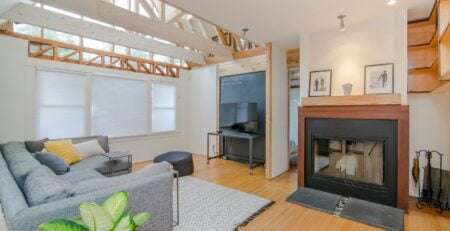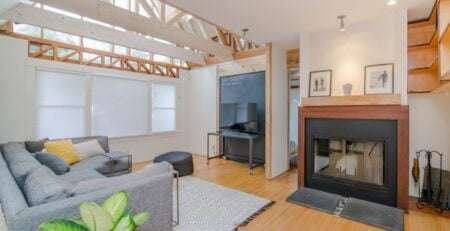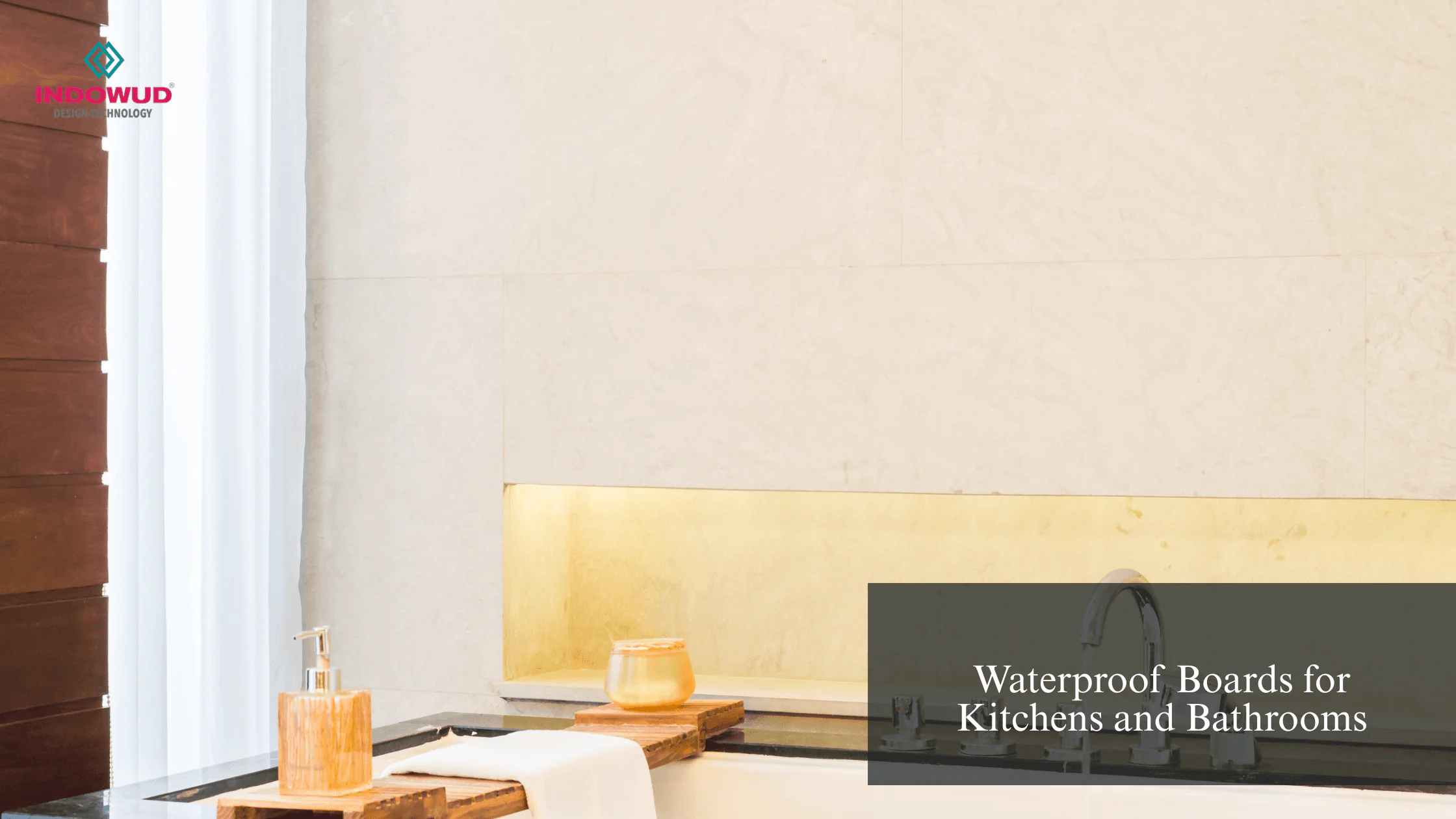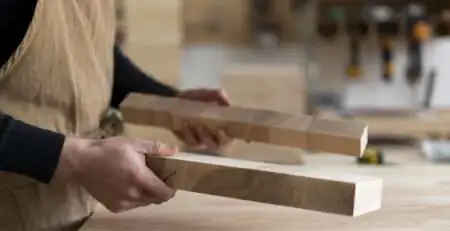All You Need To Know About Waterproof Plywood In India
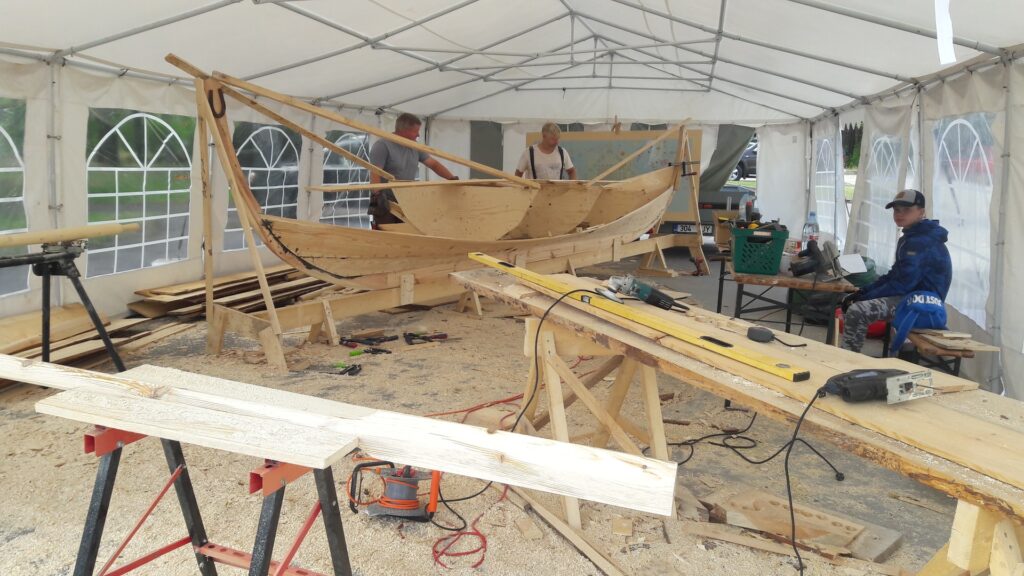
Water Resistant vs Water Proof Plywood
There are three types of plywood-
- Moisture Resistant
- Water Resistant
- Water Proof
Moisture Resistant Plywood
Moisture resistant plywood is manufactured with wood veneers assembled along and across the grain with urea -formaldehyde glue pressed at a preset temperature and pressure with the help of a hot press. This is called MR or commercial plywood. Usually, MR plywood is used in the dry areas or Indoor application where there is no threat of water or moisture. Post application of MR Plywood, there is an emission of gases generated from formalin which is hazardous to health and is carcinogenic in nature.

On the contrary, Indowud nfc does not have any release of volatile gases or emissions. In fact, Indowud NFC is ROHS certified where no harmful ingredients are used. It looks, feels and works as plywood as a superior Alternate.
Water Resistant Plywood
At preset temperature and pressure with the help of a hot press, water-resistant plywood is manufactured with wood veneers assembled along and across the grain with melamine urea-formaldehyde glue. This is called WR plywood. Sometimes extended formaldehyde glue with more quantity of fillers is used for bonding of veneers and such plywood is dipped in a chemical solution of copper sulphate, sodium dichromate, and boric acid to get a greenish colour appearance. These plywood are used for interior application where there is no constant water/ moisture persistence. Since formaldehyde is used, the emission of hazardous gases cannot be avoided which are harmful for human health in the long run.

Indowud NFC does not contain formaldehyde and there is no emission of any harmful gases. It is a completely human safe product.
Water Proof Plywood
Waterproof plywood is manufactured with plies of veneers assembled together along and across the grain with phenol-formaldehyde. This is also called marine plywood as this Plywood can be used around the wet areas apart from dry areas. Chemical coating is provided to give greenish look of marine plywood.
In real marine plywood, the Bureau of Indian Standard prescribes anti -termite chemical is to impregnate up to 10 KG of every cubic metre of Plywood. Due to higher costs and cumbersome processes, most manufacturers do not go through this and fail when tested. Another shortcoming is a thinner face veneer on the surface of waterproof/ marine plywood is contrary to the specifications laid down by the Bureau of Indian standard.
In other words no marine Plywood are manufactured according to the specification laid down of BIS. Indowud nfc is 100 % waterproof and algae-resistant in wet areas.
Water Resistant Plywood in flooring
Usually, engineered flooring contains waterproof plywood. Water-resistant plywood is cut to the desired size of flooring. After thorough surface sanding, the layer of design paper or wood veneer is bonded together. An abrasive resistant coating is provided on WR plywood flooring to protect the surface from easy scratches.

The wood is considered to be a primary food for termites in buildings. Floorings are mostly affixed on the surface of the floor and the termites get easy access to damage it in due course. High-density Indowud NFC can be used as flooring after cutting like wood flooring and protected with scratch-proof coatings on top. It is lifelong termite-proof and needs minimal maintenance.
Top 3 FAQ’s with regard to water proof plywood
What precautions must be taken for the life of furniture with respect to veneers?
The room must be kept ventilated and away from heat and moisture. Otherwise, there could be a spread of fungi that could lead to discolouration, darkening and surface cracks.
How does the combination of moisture and fungi affect wood?
How In order to thrive, fungal spores need oxygen and nutrients, which are available in plenty in wood, in the form of cellulose, while oxygen can be taken in from the air. Fungus is the nutrients for termites and its attack can be seen within no time.
What is the effect of cyclic changes in plywood?
During rain or in a humid environment the plies absorb water and when the weather changes, they will dry also. These frequent changes lead to glue line breakage, swelling and shrinkage. Eventually, veneers become apart.



